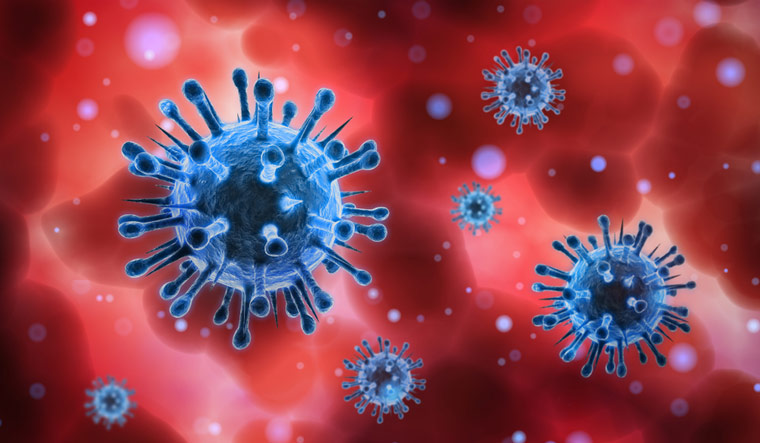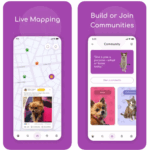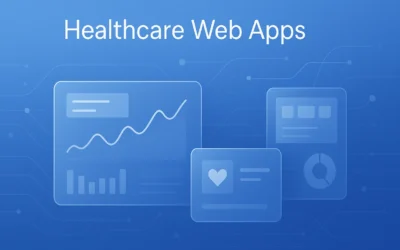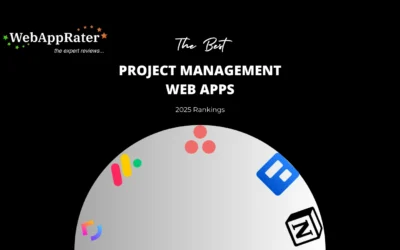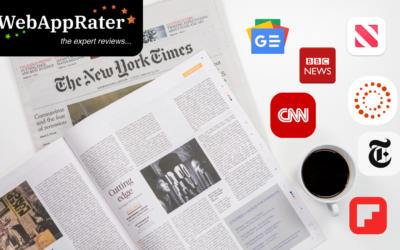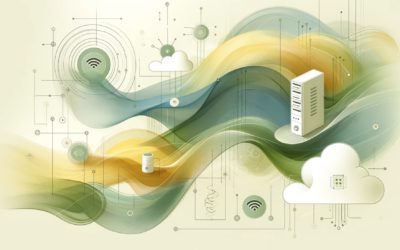How do technologies help combat coronavirus and how does it affect their development?
Huawei talked about how the high-tech industry helped the World to fight the coronavirus pandemic. According to the company representatives, the fifth generation 5G networks played a big role in this.
The 5G signal will cover the entire northern slope of Everest by the end of 2020.
For example, the Wuhan Hospital used 5G telemedicine carts. Patients’ body temperatures were measured by infrared thermometers with support for fifth generation networks: online medics received data on the condition of patients. To use this technology, Huawei Hoshenshan Hospital and China Telecom deployed a remote diagnostic platform based on 5G networks, which provided the medical professionals with high-resolution video communication and monitoring tools.
Since 5G networks are characterized by high data transfer rate (up to 100Gbps), it is now possible to use ultra-high definition (4K) video in telemedicine. This enabled the doctors to perform better visual examinations. Even before the coronavirus pandemic, a surgeon in the city of Sanya performed a brain surgery on a patient’s 3000 km away from him using 5G manipulators and a monitor connected to the network.
Doctors agree that 5G is the key to the development of telemedicine and will accelerate its widespread use. The high speed of data exchange allows for several scenarios in which remote medical services can effectively replace the personal presence of a specialist for the benefit of both the patient and the doctor.
China presented an alternative to SMS
The development of telemedicine based on 5G networks will help the health care system to improve the quality of medical services and provide them to a maximum number of people. Teleconsultations using 5G technologies will allow patients in remote areas to receive treatment from highly qualified doctors in large hospitals or “get an appointment” to a highly specialized specialist. Distance training and consultations will become the key to staff development in district and community hospitals.
The White House, Microsoft and a group of American institutions have teamed up to create the COVID-19 Open Research Dataset (CORD-19). This is the most complete collection of scientific literature on coronavirus to date, generated by artificial intelligence. It contains more than 30 thousand articles. The U.S. authorities have appealed to AI specialists to help develop new methods of text and data analysis, which will provide important information from a huge array of data. Scientists are interested in what is already known about the incubation period of the virus and how it is transmitted, who is at risk, whether there is a chance of recovery without medication and much more.
Scientists at Stanford University have created a “distributed capacity” project called Folding@Home (FAH) to help find a vaccine against COVID-19. It works by connecting unused computing power to computers and game consoles around the world. Once connected, they will create a virtual supercomputer with which researchers will search for the vaccine. This promotion is supported by NVIDIA, Intel, MSI, NZXT and Razer.

